
Oarfish
-
Posts
14 -
Joined
-
Last visited
-
Days Won
1
Content Type
Profiles
Forums
Gallery
Posts posted by Oarfish
-
-
Hi, last night I thought of another possibility: "in" water is leaking out and mixing with "out" water, and turn out that is what is causing the high reading. I remember there is one white rubber ring that I can't really figure out where it should be attached, and today I put it on top of the canister (yesterday I put inside the cover of resin canister). So after I try it again, reading now is down to 2. Glad I can change water today
 . Thank you for all the input and helping me to figure out, guys... sorry for the silly girl mistake....
. Thank you for all the input and helping me to figure out, guys... sorry for the silly girl mistake....
-
Ok, thanks for all the input. Yes direction is correct, I followed the in out sign. Will try with slower rate tomorrow, if not working will try circulation method.
-
Hi, thanks for replying. I actually bought it from another reefer (new, resin is still sealed). It is the industrial kind.
Yeah, I was thinking about the flow rate n maximum contact too, I run it quite slow actually, it took about 2.5 hours to fill the bath tub. Got quite confused now on what to do, did I set up the catridge wrongly...?
-
Hi, this is my first time using DI filter (the refillable type), usually just buy "life" water from NTUC.
So, I unpack the resin, put into the cartridge, put back the foam, cover it, put it back in the container, then connect it with the tap. I was adviced to let it run to wash away "dust" in the resin. I have let it run for about 20 minutes, then measure with tds, the result is 48. My tap water is 68, "life" water is 0. What could go wrong?
I tried to keep running the tap longer, until I fill the whole bath tub, but reading only get a bit lower: 42.
Did I do something wrong or do I need to let it run longer? It is a single compartment DI unit (big size).
-
32 minutes ago, he said:
Sponge and pods is good for your tank. It also mean your tank is healthly thriving with life.
Sent from Singapore Reef Club mobile app
Great to hear that... thank you for helping me identifying these sponges.
-
Ok, I just googled pineapple sponge, it does look like it. Is it alright if I just leave them? There are about 20-30 of them and looks like more and more coming up....
-
-
-
No, I don't have any urchin or abalone, and so far I haven't spot a hitchiker (though I have one small fish missing, never to be found). There are 2-3 asterina starfishes though. Is it possibe that they are the one leaving these marks?
-
I notice this pattern on live rock, seems like something had chewed on the algae and leaved marks on it. What could do such things? Urchin? But I did not notice any around. Any other possibilities?
On the other side there's some slime and some sand-like stuff (I don't have sand, my tank is bare bottom). This rock is partially above water, and the slime is above the water level.
-
 1
1
-
-
-
Thanks for the input. I did the HOB plus partial water change method on my last nano, (although in the end I added skimmer too). I know that it is a reliable method, but I just want to try something new, which I think is quite doable on tiny tank (hopefully not resulting in any casualties).
So far I don't detect any stress sign from all the corals, they open up fully again about 3-5 minutes of water change. I try to match the temperature, salinity and ph from before water change.
However I might not notice subtle sign, or maybe because I only try on hardy types.
This is how the tiny boring experiment looks like now... The shrimp has molted 3 times in the last 4 months, the crab molted once, the rock on the left turn more red, yuma has one tiny baby, and there are some cactus-look alike green algae growing (Halimeda?)
-
Hi, I am a new member here. I've been a reader of sgreefclub, and I kept a 2 feet nano about 4 years ago, then gave it away to neighbor because of moving house.
I have read about the 100 percent weekly water change approach for pico tank done by Brandon429, and Ecoreef one, and decide to try it. I've bought live rocks, fill 1 gallon pico tank; it is bare-bottom with live rocks and airstone only. So far only kept easy stuff, zoa, gsp, one yuma, one coral banded shrimp, a porcelain crab, and red macro algae. It has been running for 5 months, with weekly water change, so far seems alright.
But now it seems a bit boring and visually unappealing and I want a slightly bigger tank and with more interesting corals. I wonder if the approach can be applied to shallow pico tank with small wave maker. I'm still looking for the right tank now. Maybe those who has experience in keeping pico can share some knowledge to me?

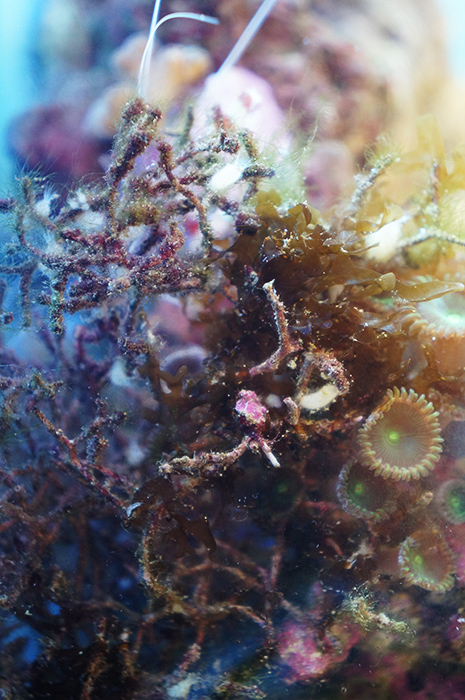
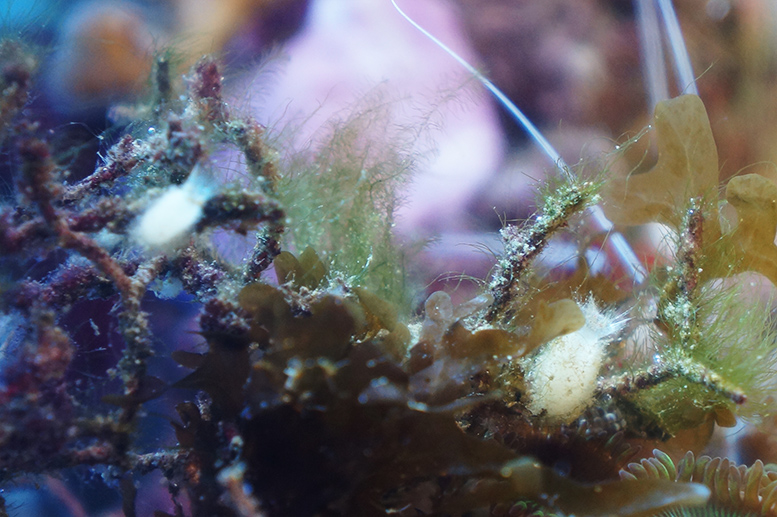
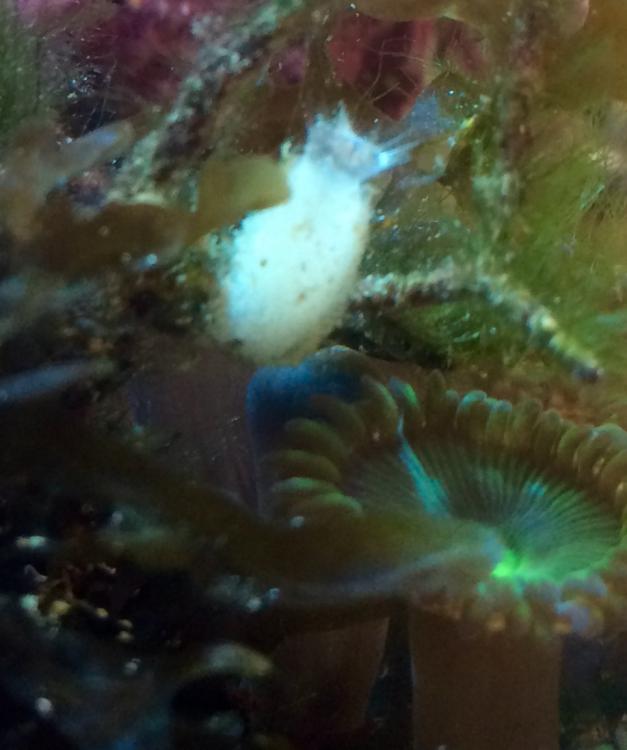
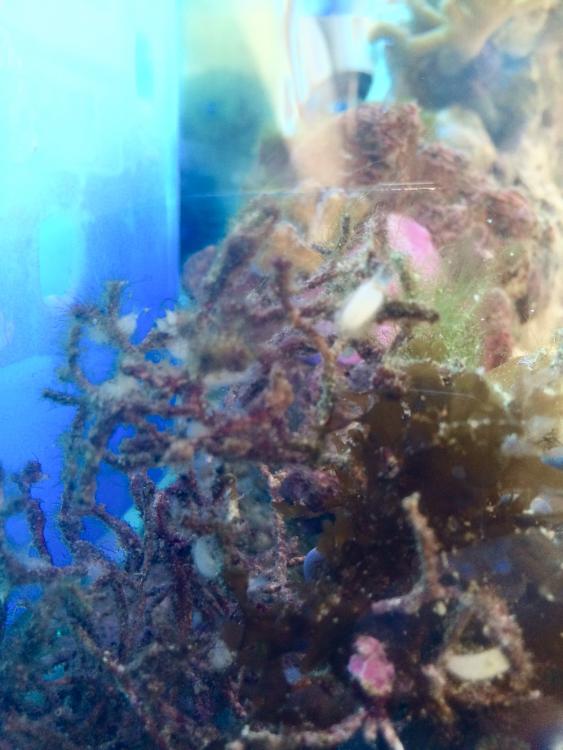
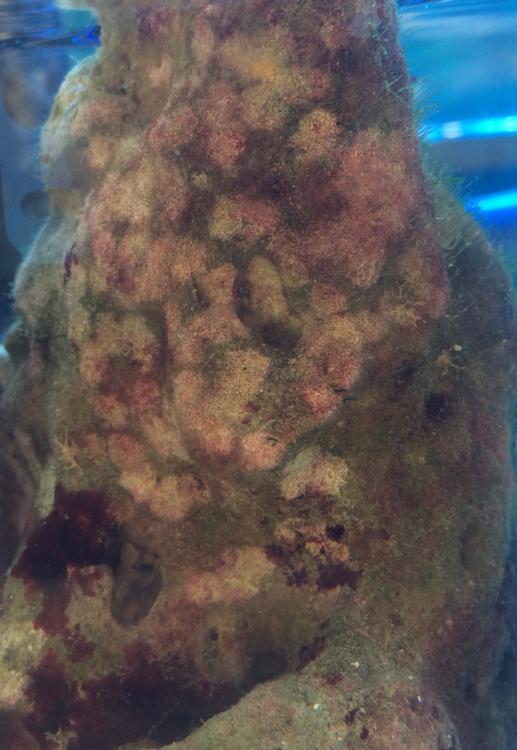
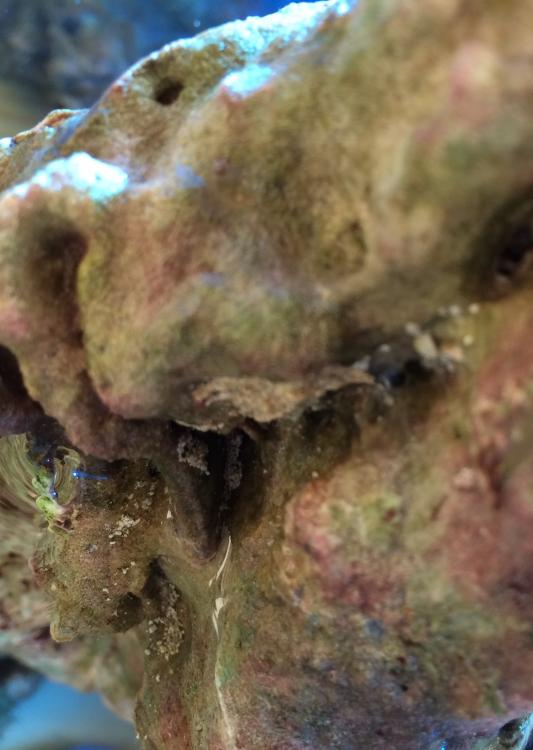
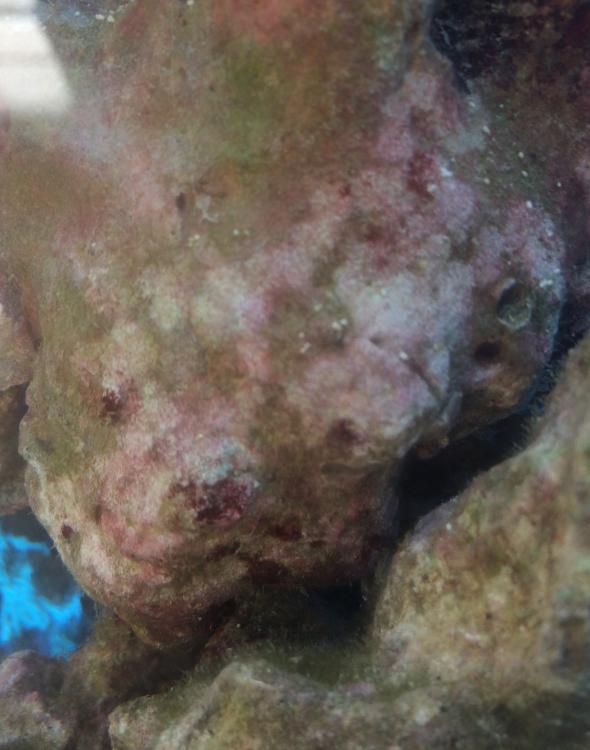
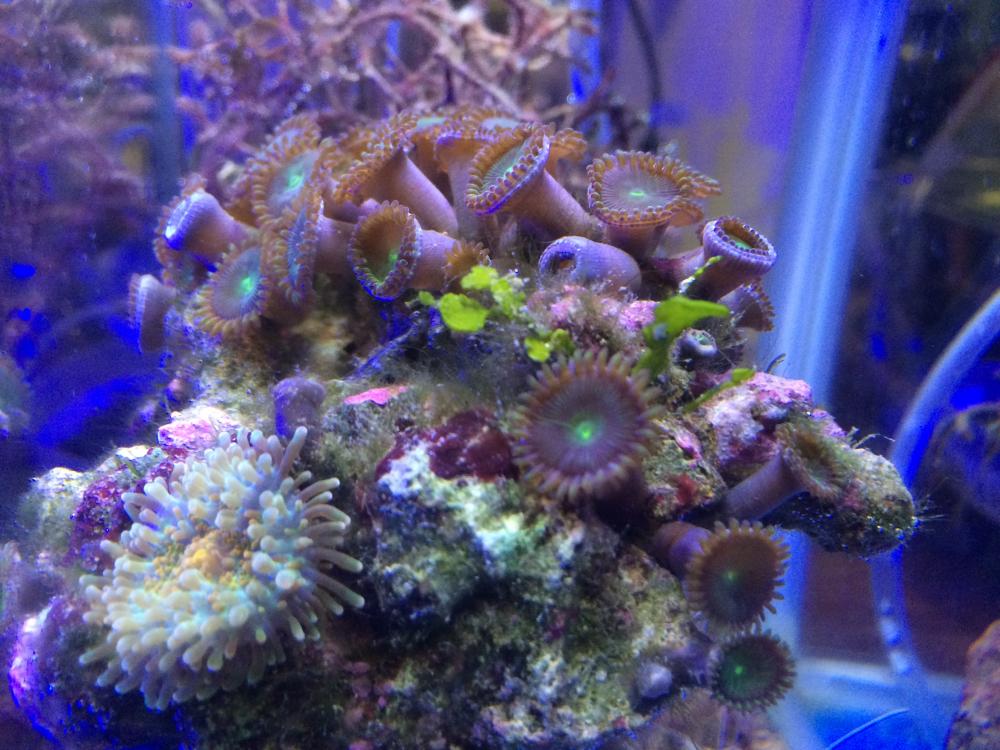
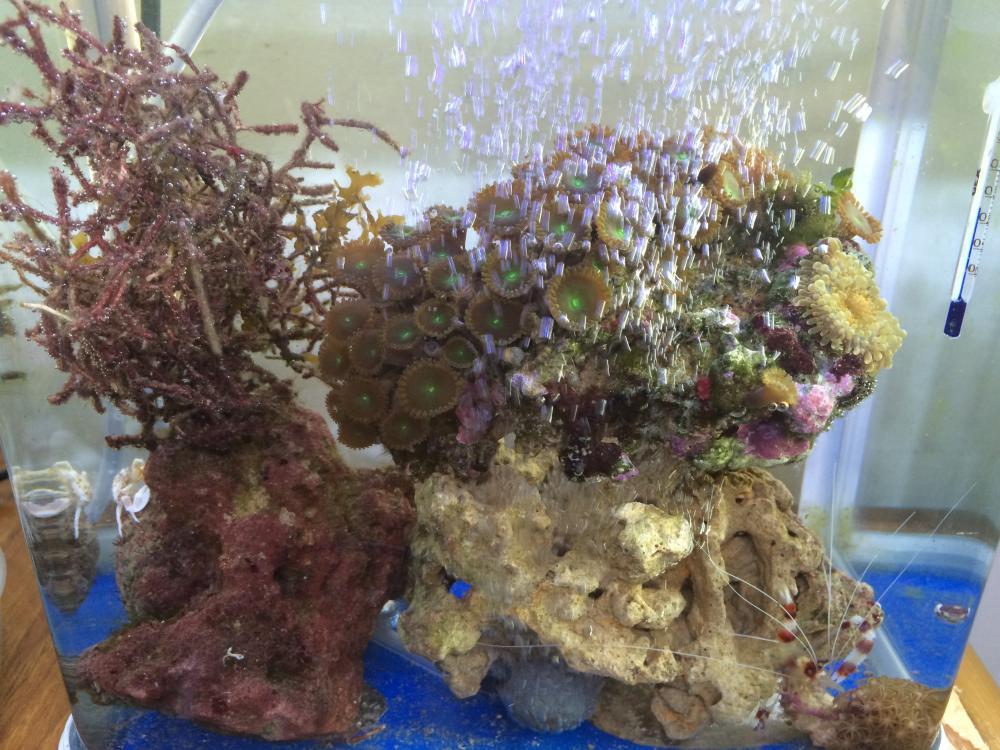
id small red crab
in New to the Marine Aquaria Hobby
Posted
Hi, found this hitchiker in live rock. Is this little crab reef safe?